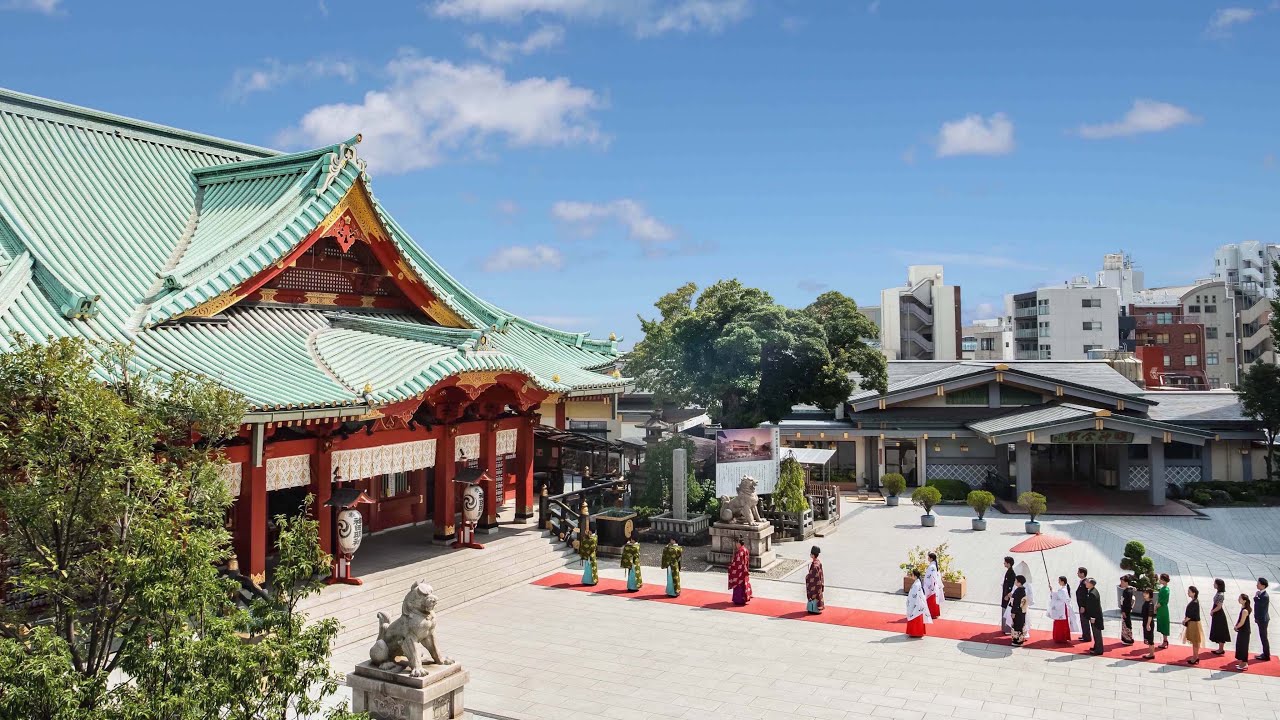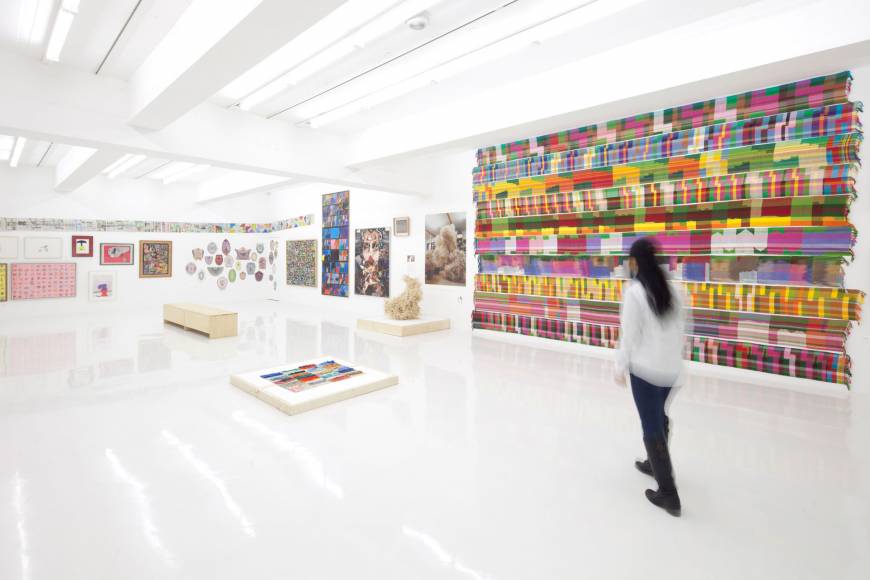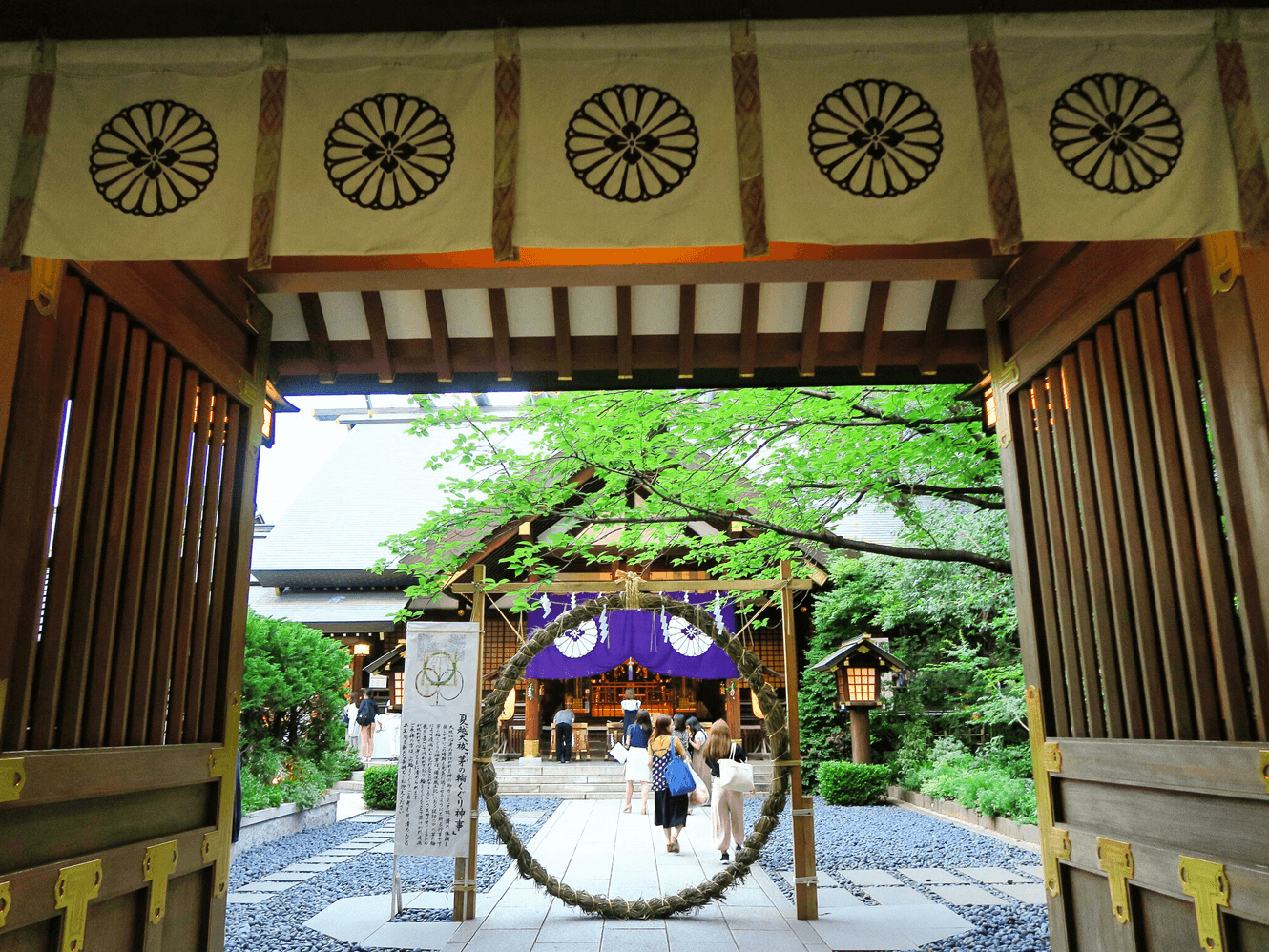- HOME
- News & Column
- Ochanomizu/Kudan/Iidabashi Tourist Information
Ochanomizu/Kudan/Iidabashi Tourist Information
Kanda Myojin in Akihabara
Dating back to the year 730, Kanda Myojin (also known as Kanda Shrine) is a Shinto shrine located in the Akihabara neighborhood of Tokyo. With a deep and long history, it has attracted thousands of people to its grounds to celebrate in festivals, pray for prosperity, and to enjoy the pleasant atmosphere that welcomes a harmony of traditional and modern themes.
https://livejapan.com/en/in-tokyo/in-pref-tokyo/in-akihabara/article-a0001039/

3331 Arts Chiyoda
3331 Arts Chiyoda opened in 2010 in the renovated Rensei Junior High School building in Chiyoda Ward. The name 3331 expresses the rhythm of the Edo-Ipponjime handclap, a Japanese traditional custom used to express gratitude in happy occasions. In the building with three stories aboveground and one below, there are art galleries, offices, and cafés where a variety of cultural activities such as exhibitions, workshops and lectures are held. The center is available for use by anyone with an abundance of space that is rented out for free. In addition to the events in the main gallery, there are exhibitions in each space. There is also a shop on the first floor where you can buy original t-shirts and goods created by designers. It is located a 1-minute walk away from the no. 4 exit of Suehiromachi Station on Tokyo Metro Ginza Line.
https://livejapan.com/en/in-tokyo/in-pref-tokyo/in-akihabara/spot-lj0002068/

Yasukuni Shrine
Yasukuni Shrine is a Shinto shrine located in Chiyoda, Tokyo. It was founded by Emperor Meiji in June 1869 and commemorates those who died, including war criminals, in service of Japan from the Boshin War of 1868–1869, to the two Sino-Japanese Wars, 1894–1895 and 1937–1945 respectively, to the First Indochina War of 1946–1954.[1] The shrine’s purpose has been expanded over the years to include those who died in the wars involving Japan spanning from the entire Meiji and Taishō periods, and the earlier part of the Shōwa period.

Kagurazaka
Kagurazaka is a prominent neighborhood of Tokyo that was once one of Edo’s main hubs for geisha, teahouses, and all sorts of entertainment! Back then, the streets hustled and bustled both during the day and during the night, and while this is still true today, the face of Kagurazaka did change over time. Now, atmospheric French cafés and nostalgic restaurants dominate the area but its geisha history can still be discovered in every nook and cranny. Taking a slow, relaxed walk through Kagurazaka, from Shinjuku’s Okubo Street to Sotobori Street, will show you an entirely different side of the Tokyo from the one you might know!
https://livejapan.com/en/in-tokyo/in-pref-tokyo/in-kagurazaka/article-a0000662/

Tokyo Daijingu
Shinto is the faith practised by the Japanese since long ago to worship all the deities of heaven and earth. Its origin is as old as the history of the country. After Buddhism was introduced in the 6th century, people started to call their original religion ‘Shinto,’ which means ‘Kami Way’ (Deities’ Way), as they realised the difference between their indigenous religion and the newly introduced one. Since then, Shinto has developed, accepting the influence of foreign religions centering around Buddhism, but without changing its essential character, that of worshipping mythical deities as well as the spirits of the people’s own ancestors. There are about eighty thousand Shinto shrines throughout Japan nowadays, and they are playing an important role in the community life of the Japanese in keeping alive the traditional aspects of Japan.





